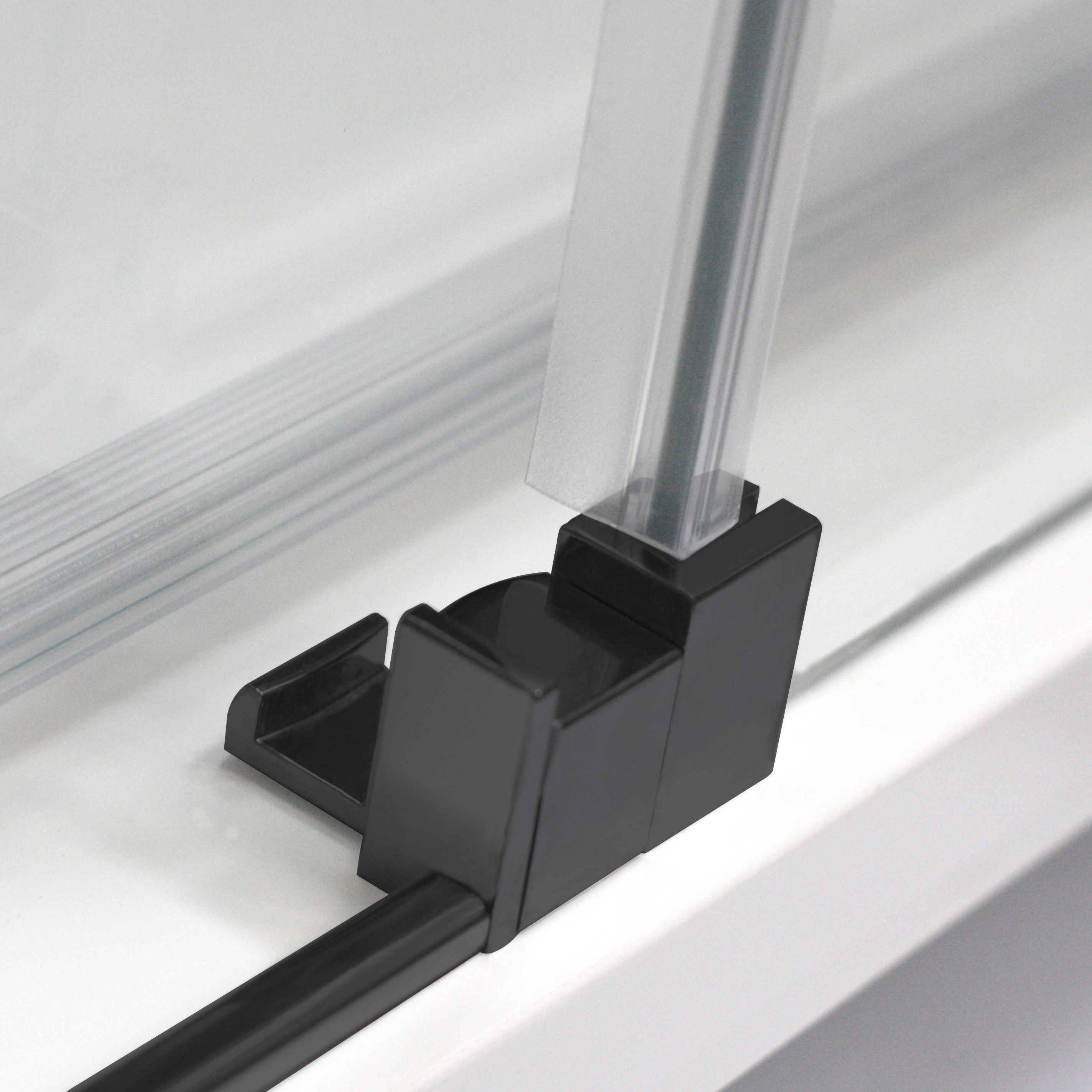Here, we report the crystal construction of a 3rd type of L-proline dehydrogenase, found in the aerobic hyperthermophilic archaeon Aeropyrum pernix, whose construction (homodimer) is way less complicated than these of previously studied L-proline dehydrogenases. The chromene moiety is present in numerous natural products with interesting biological properties. The simplicity of the response situations and isolation procedures is highlighted, with reactions performed at ambient conditions and merchandise remoted by simple extraction and evaporation. In the presence of a catalytic amount of L-proline, transamidations of carboxamides with amines were achieved under solvent-free conditions. The reaction tolerates a variety of amines. L-proline as a catalyst enables a easy and environment friendly route for the synthesis of a sequence of 5-substituted 1H-tetrazoles from a broad range of substrates, including aliphatic and aryl nitriles, natural thiocyanates, and cyanamides. CuI/L-proline-catalyzed coupling reactions of aryl halides with activated methylene compounds. CuI/l-proline catalyzed coupling of aqueous ammonia with 2-iodoacetanilides and 2-iodophenylcarbamates affords aryl amination products at room temperature, which undergo in situ additive cyclization beneath acidic situations or heating to give substituted 1H-benzimidazoles and 1,3-dihydrobenzimidazol-2-ones, respectively. CuI/4-hydroxy-l-proline-catalyzed coupling of aryl bromides and N-Boc hydrazine takes place in DMSO to offer N-aryl hydrazides. When aryl iodides are employed, no ligand is required.
 These are the typical traits of disordered proteins. Virtually the entire proteins in the human physique comprise L-proline, and the only premium amino acids manufacturer acids which are more ample are alanine and glutamine. The interplay of tannin and poly-l-proline was measured by isothermal titration calorimetry, and involved more hydrogen bonding than hydrophobic interactions within the case of nitrogen-handled wine tannin. All of our initiatives have been buildings with lively tenants and in every case the work has been achieved with as little disruption to the tenants as possible and every site was left spotless after the work was full. This linking loop incessantly accommodates a helical area, in which case it is known as a β-α-β motif. DNA synthesis, which takes place in the nucleus, is a semiconservative process, which signifies that the resulting DNA molecule contains an unique strand from the mum or dad construction and a new strand. That is the primary description of an LPDH construction with L-proline certain, and it gives new perception into the substrate binding of LPDH.
These are the typical traits of disordered proteins. Virtually the entire proteins in the human physique comprise L-proline, and the only premium amino acids manufacturer acids which are more ample are alanine and glutamine. The interplay of tannin and poly-l-proline was measured by isothermal titration calorimetry, and involved more hydrogen bonding than hydrophobic interactions within the case of nitrogen-handled wine tannin. All of our initiatives have been buildings with lively tenants and in every case the work has been achieved with as little disruption to the tenants as possible and every site was left spotless after the work was full. This linking loop incessantly accommodates a helical area, in which case it is known as a β-α-β motif. DNA synthesis, which takes place in the nucleus, is a semiconservative process, which signifies that the resulting DNA molecule contains an unique strand from the mum or dad construction and a new strand. That is the primary description of an LPDH construction with L-proline certain, and it gives new perception into the substrate binding of LPDH.
This technique offers a straightforward approach to forming chiral carbon atoms bound to nitrogen, yielding optically lively α-hydrazino ketones. Therefore communication through GPRS-based mostly operation of the measuring system provides the only and most price-efficient means of connecting a measuring point periodically to the Internet or an intranet. Communication with the Proline staff has been a breeze with everybody proving to be extremely responsive. Proline workforce in 2009, once they changed a leaking tar and gravel roof with an SBS torch-on membrane roof. SBS torch-on membrane and TPO membrane programs. Immunostaining showed that SLC6A19 was present in the pre-implantation embryo and that it appeared to be expressed in the membrane from the 8-cell stage onwards. Embryos cultured with L-proline from the 2-cell stage developed better than embryos cultured with L-proline in earlier levels, suggesting that the later levels are essential for L-prolines transport and subsequent impact. Our research have proven that embryos cultured in L-proline from the zygote to the blastocyst stage develop higher than embryos cultured within the absence of premium amino acids manufacturer acids.
This research aimed to establish the pre-implantation stage(s) at which L-proline transport is required for improvement to be improved and then to characterise the amino acid transporter(s) chargeable for L-proline uptake into the embryo. The presence of excess L-leucine or glycine in the medium prevented the advance in growth induced by L-proline, implicating the transporters SLC6A19 and SNAT2 since they transport L-proline, L-leucine and glycine. Competitive substrates, immunostaining and embryos from SLC6A19 null mice were used to determine L-proline transporters in early embryos. SLC6A19 null mice showed poor growth to the BL stage, which was not improved by addition of L-proline to the medium. Mouse embryos had been cultured in medium containing four hundred mM L-proline and scored for development. Quantification at right exhibits mean ± SD % of MΦs containing phagocytized crimson materials (right panel). Western blot right panels present AR knockdown effectivity. The results show that the proline molecules can slightly perturb lipid headgroups with an occasional insert of proline molecules between lipid headgroups.

 by burtond782
by burtond782
Leave a Reply